|
A frame in progress in Sarah Beckett's framing studio located in Milwaukee's Historic Third Ward We recently sat down with Sarah Beckett of SB Framing Gallery to ask about her role in helping to protect and display her clients’ artwork. Becket is a Certified Master Picture Framer and a member of The Professional Picture Framers Association with over 23 years of experience. Her retail shop and framing studio in Milwaukee’s Historic Third Ward has long been a reliable resource for galleries, collectors, corporations, and other art lovers in need of archival framing and other specialized framing services. What are the criteria for earning the designation Master Picture Framer? To become a Master Certified Picture Framer with the PPFA (Professional Picture Framers Association) a framer must have been a Certified Picture Framer (CPF) for at least 5 years. The criteria for CPF is a 4-hour multiple choice exam regarding math, technique, definitions, and knowledge of artwork material and handling. To become a Master Certified Picture Framer, a framer must provide four fully framed projects: textile, paper, canvas and object. Those pieces are then disassembled and critiqued. The last practicum is framing an unknown object in an unfamiliar frame shop with an hour and a half time limit, then having the piece critiqued by two Master Certified Framers. Once certified, a framer must continue their education with at least five approved classes as well as an evaluation every five years to keep their certification. Beckett has won numerous awards over the years at the PPFA conferences What are some of the more common problems you deal with in terms of artwork being framed improperly? When reframing a project, many techniques have changed over time and the client should be informed of a proper framing package. Glazing should be at least 99 % UV protective, space between glazing and artwork should be at least 1/4”, mat board quality should be of cotton rag archival quality, hinges should be water or alcohol based and not pressure sensitive, making any mounting reversible, backing and filler should be of non-reactive material like Coroplast or Dibond, and hanging hardware should be a two point system or wire at 60% angle. Recommended guidelines for matting and framing from the Library of Congress How does improper framing affect the condition of original artwork? One of the largest issues I see with original artwork is acid burn from improper materials and hinging. Only conservators can help with that issue. Fading, especially artwork in red tones, is another issue due to no Ultra Violet light protection. Improper size of material to frame causes artwork to cockle, or wrinkle, which causes issues to paper as well as the art media. Framing with archival materials will halt the spread of acid burn, as shown above Why is investing in high quality framing worthwhile? A framing client should look at archival custom framing similar to purchasing custom furniture. The client is investing in a best fit for the artwork which will also, with the correct material, outlast your lifetime and be able to be handed down for generations to come. Does UV glass really protect artwork? Even in strong sunlight? Think of Ultra Violet protectant glazing similar to sunscreen on the body. It can only protect up to 99 %. If you have a piece that is extremely valuable it should be hung in an area that receives limited amount of sunlight, or use curtains on the piece to restrict light. It is not widely understood that pollution, fluorescent lighting, and chemicals in carpet, and strong environmental changes can also cause fading in certain art media. Upgrading from regular glazing to UV protectant is very minimal in price yet valuable in protecting your artwork. How do you decide what type of hardware to use for safe installation? Both size and weight are considered when hanging hardware. Usually pieces over 24 x 36 inches should not be fitted with wire. Ideally, larger work should be hung by a two-point system like D Rings or Wallbuddies. This is also preferred for thin horizontal pieces. Very large and heavy pieces should be hung with French Cleats. This system distributes weight onto the hanging system versus the frame moulding and mitre joints. Hanging large works from D Rings is one of the recommended methods over using wire. What is one of the most challenging projects you have worked on? I framed an object that needed to be hermetically sealed due to the piece being created out of prophylactics. It needed to be correctly formed so it would sit upright with no hinges or attachments, be seen through both sides, be 8 inches deep and be able to hang from the ceiling. What advice do you have for collectors, especially those just starting out? First and foremost, collect for the love of the object or artwork, not for its potential value. The more damage the piece has, the more money will be spent in conserving the piece first before displaying it. If storing because of lack of space to display, keep in environmentally stable storage, out of sunlight. Lastly, spend money on correctly displaying the pieces. It doesn’t have to be spent all at once, but take the time and invest in your collection. Original photograph by Eddee Daniel, framed by SB Framing with archival matting and backing, UV glass, and custom welded frame with corner rivets. All artwork copywright of the artist. All rights reserved. #ArchivalFraming #BestFramingPractices #PreserveYourCollection #KeepArtSafe #SBFramingGallery
|

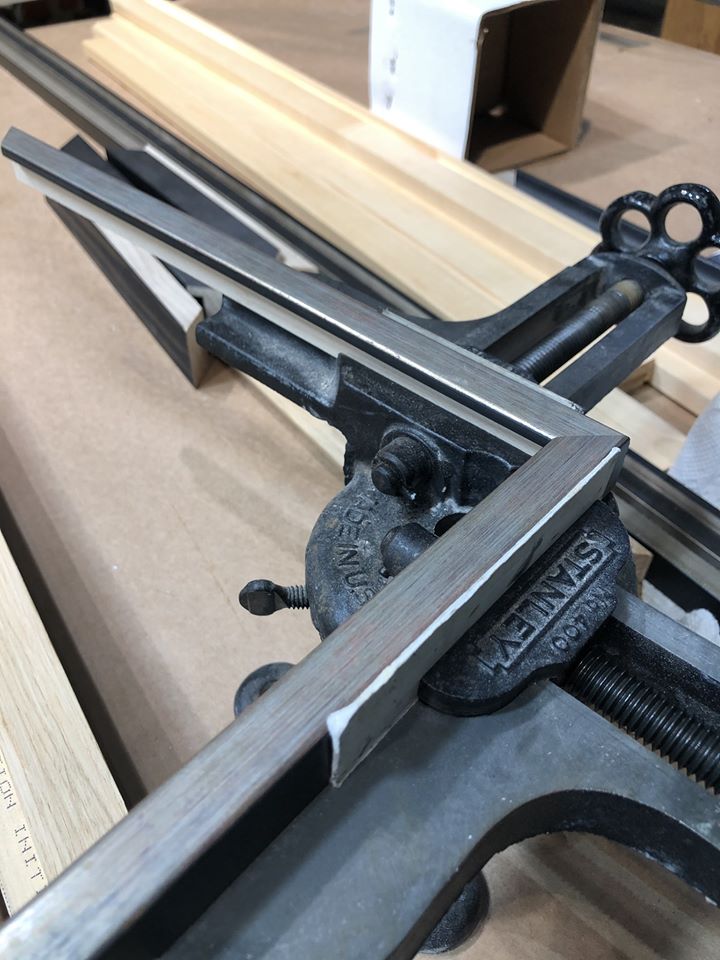
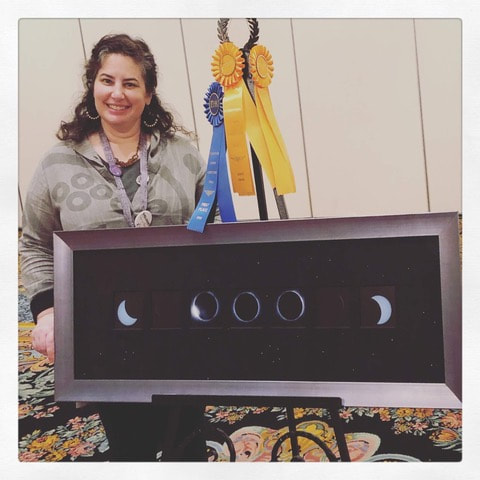
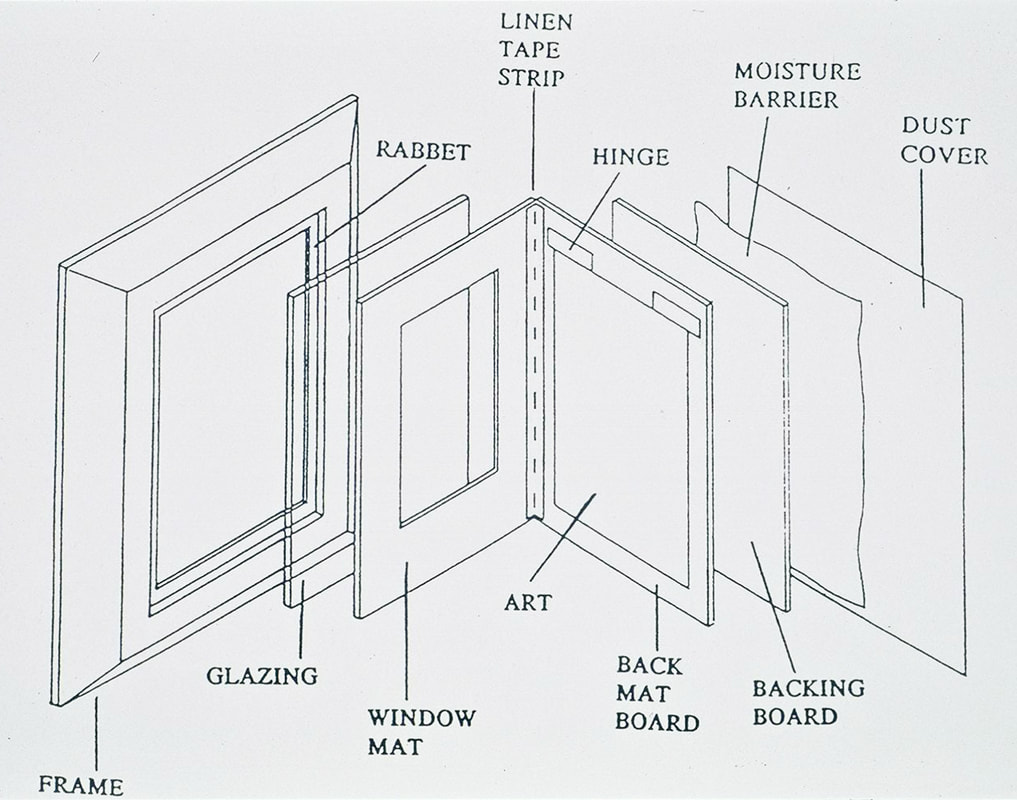
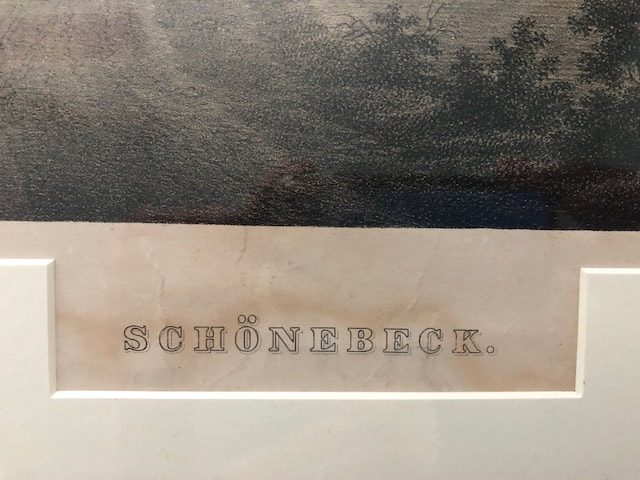
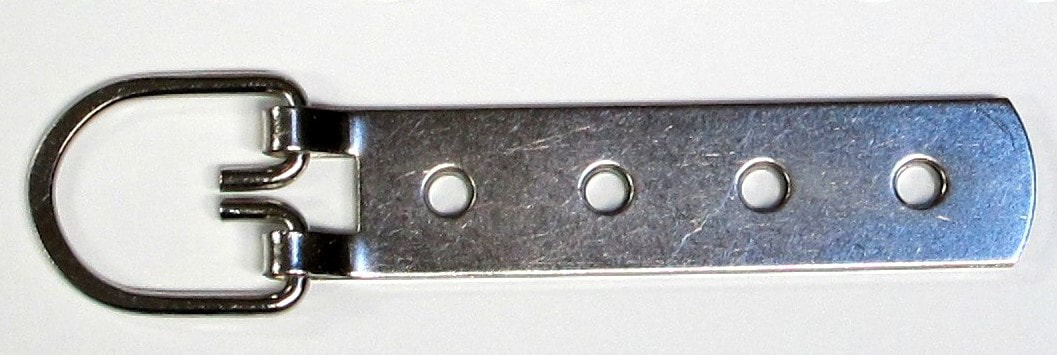
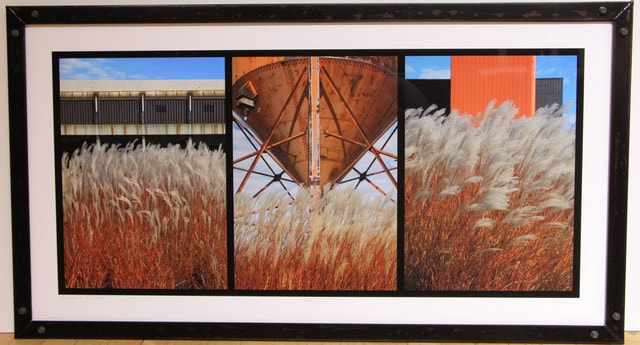
 RSS Feed
RSS Feed





